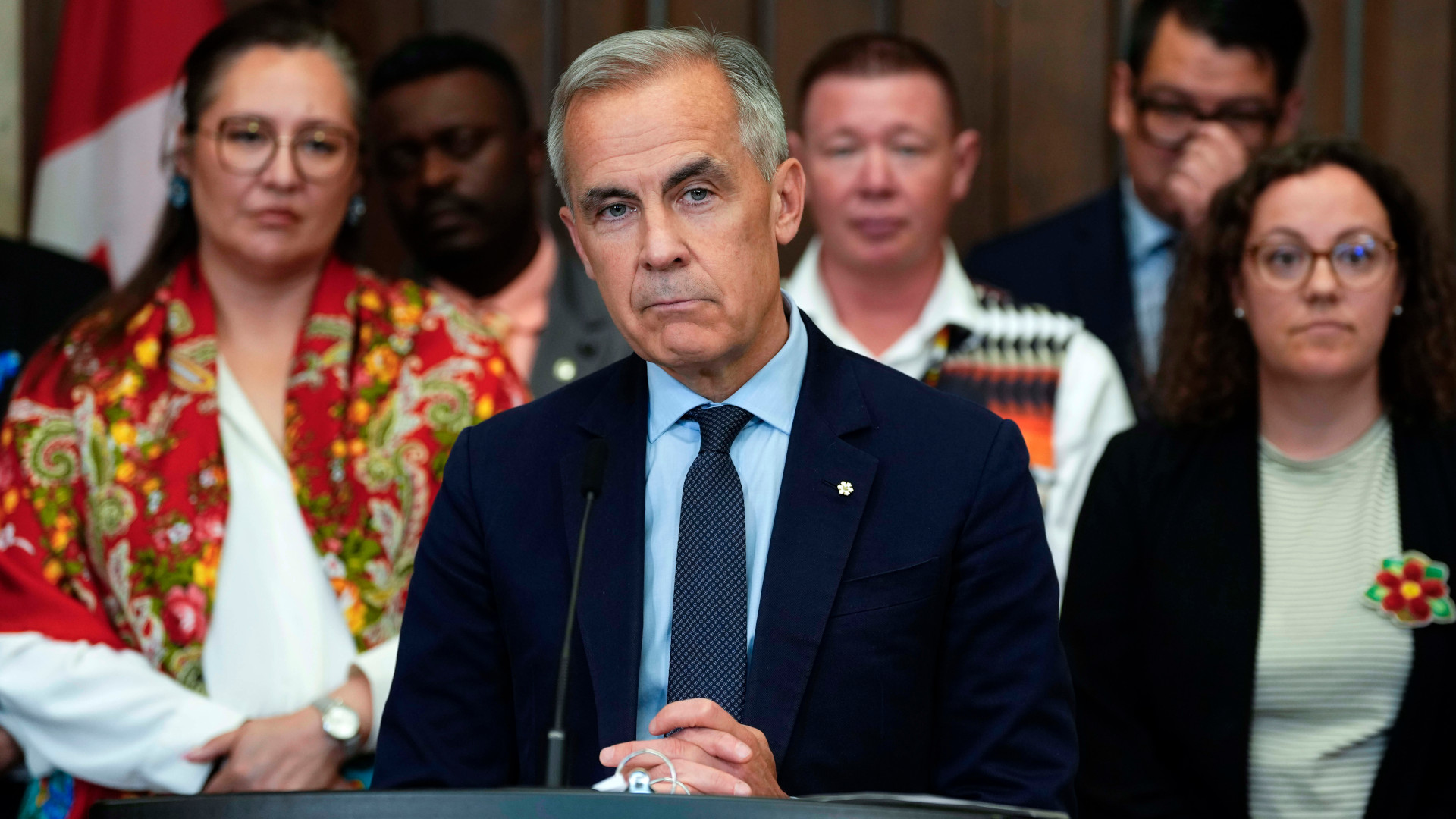
(Version française disponible ici)
In Canada, we are exceptionally good at identifying what is wrong with the organization and management of the federal public service. You might say it’s a national tradition, celebrated by academics, public administrators and political leaders of all stripes with a remarkably high degree of agreement. Unfortunately, while we all agree on the serious problems at play, no government – Conservative or Liberal – has done much to address them.
What are these serious problems? Since at least the 1960s, clerks of the Privy Council, auditors general, public administration researchers and government-led reform initiatives have criticized the federal public service for its dizzying and ineffective array of internal rules and processes, information-hoarding, limited collaboration and weak public engagement. Executives are regularly accused of suffering from extreme and misplaced risk aversion, coupled with a crippling fear of external scrutiny. Onerous reporting requirements and dense hierarchical chains of approval have proliferated in a culture that prioritizes accountability for process, as opposed to accountability for outcomes. This stifles creativity and renders it nearly impossible to keep pace with the needs of working-level public servants and public service users alike.
‘Winner-take-all’ politics threatens Canadian democracy
Some predicted that the pressures stemming from the COVID-19 pandemic would drive governments to rapidly adopt innovative ways of working, leading to long-overdue public sector modernization. However, even one year into COVID-19, it became clear that the chronic managerial challenges endured – and in some cases deepened – in the face of pandemic pressures. The federal government’s haste to have its workforce return to the office is a case in point. It is hard to see how this decision reflects anything but a pre-emptive defence to Opposition criticism, combined with a mistrust of federal employees’ capacity to work efficiently at their homes. At the very least, we haven’t yet received any explanation that suggests this policy was driven by strong evidence about how best to nurture an innovative and productive organization.
Scrutiny is the first step
If not COVID, then what could inspire meaningful change in the culture and operations of the federal public service? It seems unlikely to come about without sustained political scrutiny of its management. An absence of such scrutiny helps explain why we haven’t seen thoughtful and well-resourced reform efforts to date. Traditionally, discussions on federal public service management have unfolded in elite and insular circles. After all, this is not the stuff that typically captures the attention of voters or politicians seeking their votes. Why would any government spend time and money improving how the public service works if it believes it won’t be rewarded for doing so, or alternatively, won’t be punished for not doing it?
Fortunately, a much-needed dose of scrutiny has begun taking hold through the ongoing investigation, led by the House of Commons standing committee on government operations and estimates, into the federal government’s growing reliance on private contractors. This review is serving as a welcome exposé of the managerial issues that can drive departments to outsource their work.
Expert witnesses, union representatives, ministers, and current and former federal managers called before the committee have explained that excessively burdensome and time-consuming human resources, and internal compliance and reporting processes can make it easier and faster to simply contract out government work – even if the work produced is not always worth the pretty penny we pay for it ($15.1 billion annually, by one set of estimates). Couple this with limited investment in talent recruitment and leadership training, and it becomes clear why the Deloittes and McKinseys of the world are now predictably profiting from decades of inaction on federal public management renewal.
More than vague declarations needed
With this evidence in hand, and an impending committee report with recommendations to address these challenges, recent political scrutiny of rising consulting costs will ideally become a hook that drives federal political parties to finally commit earnestly to federal public management reform. These commitments should amount to more than vague declarations of changes needed; we already have a lot of that. Instead, each party should develop clear and measurable public commitments for which it can be held to account.
Any party claiming it is fit to govern needs to explain concretely how it will reduce specific administrative burdens that undermine efficiency, morale and effectiveness in the public service. These commitments should account for the perspectives of working-level staff who suffer these burdens. The 2016 Cutting Internal Red Tape report prepared by federal public servants is a good place to start.
The parties also need to explain how they would recruit, nurture and pay the in-demand talent required to run any modern service organization. They also need to identify the training and incentives they would introduce to ensure the current cadre of federal public executives breaks from the tradition of information control, risk aversion and excessive top-down authority on which they have been raised.
For many people, these kinds of commitments will appear too mundane and technical to be included in a party platform. Yet, any of the more immediately compelling vote-seeking policy commitments that our parties make cannot be delivered efficiently and effectively without also making long-overdue investments in the public servants who are supposed to design and manage these policies. Ultimately, all policy commitments will be the stuff of daydreams if we don’t break from Canadian tradition and finally meaningfully commit to significant reform of the federal public service.
This article is part of the Resilient Institutions: Learning from Canada’s COVID-19 Pandemic special feature series.









